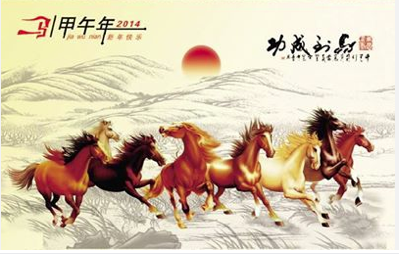When it comes to investing in the stock market, you need to be extremely choosy in selecting stocks to buy if you want to survive in the survival of the fittest. You can’t simply buy a stock, sit on it and hope to be profitable.
Without an in-dept study of a stock before buying it, your chance of being profitable is less than that of the player in a poker game who plays without looking at his cards.
My first priority in stock investing is safety of principle. For this reason, I always insist on value when I buy.
Every stock has a company behind it. You need to check up the company and find out what it is all about. Some of the things, you must look into are: the balance sheet, the cash flow statement, the income statement and the Chairmen/CEO’s statement. This will tell you a lot about the company and how it is likely to fare going forward.
In our computer world, this is not too difficult a task. Nowadays, every listed stock has a website where you can look into at your own convenience.
I like to combine Fundamental Analysis (FA) and Technical Analysis (TA) when I buy. This is to ensure that what I buy are fundamentally sound and at the right time.
Knowing FA & TA alone is not enough to guarantee success. You have got overcome one big obstacle….. Yourself.
The stock market is controlled by Greed, Hope and Fear. Greed causes you to hold on to an overvalued stock. Hope causes you to hold on to a losing position which may cause irrecoverable damages to your portfolio if you average down indiscriminately. And Fear causes you to sell in a panic sale when you should be buying.
To overcome these potent forces, you must have knowledge, wisdom, discipline and patience. Lacking in any one of them is most undesirable.
When you are in the stock market, you are competing with some of the best money makers in the world. Fortunately, the market is also full of simpletons, the naive and the inexperienced.
Stock investing or stock trading is a zero-sum game.
You can’t expect to make money from someone who is as good or better than you. Thus, if you want to succeed, you have to keep upgrading yourself all the time.
The stock market is never efficient. The price does not always reflect the value of a stock. Very often stocks become overvalued because of over-optimism; they can become undervalued because of over-pessimism as well. Those who know can exploit this inefficiency to invest profitably.
In concluding this article, here are my parting words:
Never buy a stock without doing an in-depth study of it.
Never overpay for a stock even though it is a great one.
Never buy a stock without having a good look at its chart.
Never be impatient. (Many mistakes are made because of hastiness.)
Never go against your charts.
Never buy in a downtrend, especially when the downtrend is at the start after a prolong uptrend.
Never fail to use a stop-loss and a trailing stop-loss if you trade.
Never fail to change with the circumstance. (It is not the most intelligent who can survive in a crisis but those who have the ability to adapt well.)
My predictions for 2015 are as follows:
Crude oil prices will remain low unless productions at some producing countries are disrupted by one thing or another. By low, I mean below US$75 per barrel.
Malaysian Ringgit will remain subdued against the US$.
GST will impact our stock market negatively.
The FBM KLCI high of 1892 will not be surpassed in 2015.
Equities listed in the US will do well.
Equities listed in Bursa will not do well except for a few export-oriented stocks.
Europe will recover slowly.
WLC.TO., a stock listed at the Toronto SX will have a great run this year and the next. (The stock is lasted traded at C$0.57.)
If you like this article, please send me a Friend Request at FB where I am known as Ben Gan.
The New Year 2015 has just commenced. May all my readers be blessed with good luck and have a fruitful year.
